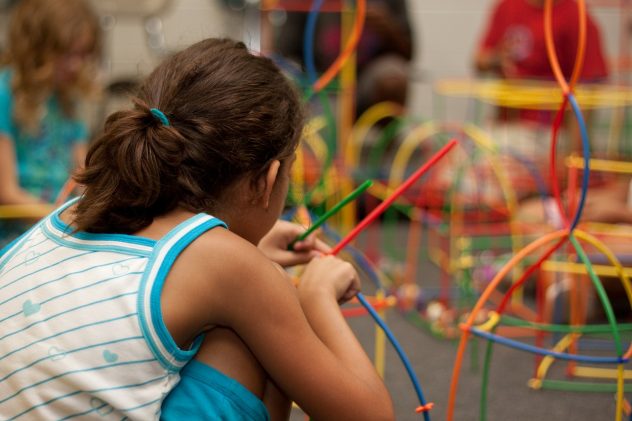 By David Futter (Teacher, MED in Imaginative Education)
By David Futter (Teacher, MED in Imaginative Education)
At the risk of sounding overly dramatic, discovering Imaginative Education (IE) and the program of Learning In Depth rejuvenated my teaching.
I had reached a point of believing a change of career was necessary. I felt frustrated by the paucity of students’ assignments, their lack of focus and their habit of relapsing into ignorance of the topic two weeks after the unit was completed. This was a familiar refrain reflected in the staffrooms of our districts’ schools. While my initial thought was to consider my own lack of teaching ability, the collective complaint of student performance and retention caused me to consider other possible causes. After a refocusing period with SMART Learning, better assessment tools and other flavour-of-the-day methodologies, my principal casually suggested the Imaginative Education Masters program at Simon Fraser University with Dr. Kieran Egan.
Now this suggestion was not exactly a Cecil B. DeMille epic moment, with huge black cumulus nimbus clouds parting and a potent ray of heavenly sunshine enlightening my way to the Promised Land of educational nirvana. The abstract in the university calendar mentioned a connection between Vygotsky, imagination and education that I found encouraging. I had encountered the theories of Vygotsky in a critical psychology class and was inspired by the potential to move my practice into a more vibrant productive agenda.
Imaginative Education was more than a better way to teach. It challenged my assumptions about learning and the process of schooling. It moved me away from the irreconcilable beliefs of Piaget, Plato, and Durkheim, to a fresher view of learning and teaching. IE views the student as agent equipped with cultural tools for making meaning; it is socio-cultural theory of learning.
Okay, that all sounds wonderfully academic, but how about inserting IE into the arena of the classroom?
Using the IE approach moved my teaching from a “teaching with the end in mind” to a “teaching with the beginning in mind” perspective. Students enter the classroom with metacognitive understandings, ways of making meaning in the world grounded in their abilities with language. Becoming literate, students use certain “tools” to orient themselves to their world. Those learning tools are culturally created and developed by humans. My job as their teacher is to structure the curriculum to engage the emotions and cognitive tools of the students; to develop, expand and challenge them.
Since knowledge and learning are inextricably bound together with emotion, I must find out what is emotionally engaging in the topic/curriculum.
Seeing students as active agents in the process of discovering the world changes the unfolding of the schooling process. It is my job to help develop the cognitive tools they have gained through oral and written language and foster new ones as their abilities grow. Most importantly, recognizing that the imagination is a vital cognitive tool (“Reason in her most exalted mood” ~ Wordsworth.) and that it can be activated and developed in classroom is not only innovative, but freeing for a teacher.
Working in an environment where students are asked to consider “what is possible” opens up richer and deeper levels of learning.
In my experience, students have an insatiable curiosity to want to know and to find out: curiosity unbound, so to speak.
We teachers gain great satisfaction when students get that spark in their eyes and the dogged determination in learning. When we create a place of wonder for our students, we may not know it, but we have moved into the realm of Imaginative Education. Employing the tools of imagination—cognitive tools described in this blog—will open up your teaching and your students’ learning.
Thank you Gillian Judson, Kieran Egan and Natalia Gajdamashko for introducing me to Imaginative Education.




This was an extremely well written article! I would love a follow-up post explaining exactly how IE was implemented in your classroom. Details, please!
Thanks for reading Robert! I will ask David Futter if he wants to do a follow-up (or series) to describe how he teaches with IE!
David, you are most certainly passionate about your IE experiences! Thanks for the article.
I will pass along this comment to David. Thank you for commenting Maryanne!